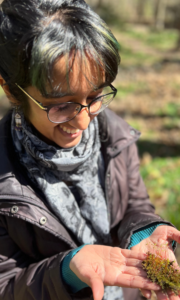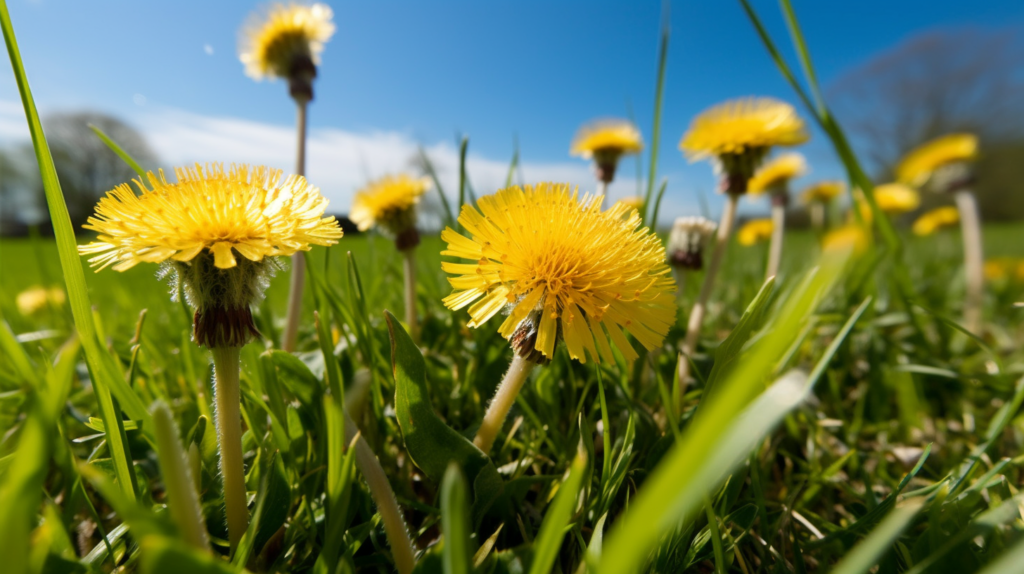 By Neha Srinivasan, Nature Sacred Project Manager
By Neha Srinivasan, Nature Sacred Project Manager
I’m not the first to assert that weeds are a social construct, but it’s still a jarring concept for many people because it’s tied into our preconceived notions of what a landscape should be and what stewardship looks like. Like most people, I grew up with the understanding that there were things we wanted in gardens (usually flowers) and things we didn’t — weeds.
We might think we know a weed when we see one, but there’s no universal definition of what constitutes a weed, beyond two general traits:
- It’s unwanted in the place it’s growing.
- It often grows vigorously.
Sometimes, plants that grow where we don’t want them are actively harming native plant populations and surrounding ecosystems. But, in many cases, the plants we call “weeds” have as much right to be in a space as any other plant – and perhaps more.
Form vs. function
This rigid thinking pertaining to our classification of what belongs and doesn’t belong; what does and doesn’t constitute beauty, is worth challenging. No “weeds,” we demand of our gardens, no browned leaves, no plants straying from the “neat” rows in which we’ve placed them.
Gardens built this way may appear beautiful to human eyes, but they serve no purpose to any other species. And we depend on those other species and their interactions to support and enrich our lives.
I think this attitude results from a disconnect between our ideas of structure, function, and beauty. A suitability for a purpose alone can define beauty, like a butterfly weed plant evolved to support monarchs.
You might be wondering where landscape architects and designers come in. After all, we make subjective choices about plants daily. I like to think that our job is to make those calls so that our natural flora and fauna have a chance of cohabiting with us. Aesthetics are important, but functionality is critical — assembling a miniature, self-sufficient ecosystem. Plants know how to thrive; I just try to set them up for success by choosing species that like each other and the environment they’re in.
On Sacred Places
We also can’t change the standard alone. Almost all landscape architects and designers I’ve met put an emphasis on ecological functionality and native plants. Once we’re finished, though, we hand our designs off to the stewards of these sites. We have to be able to give those stewards a clear understanding of what it looks like to take care of a native, functional landscape: without this, there are surprises when a garden grows in to be not nearly as ‘neat’ as someone might have envisioned. In the world of Sacred Places, this is even more crucial: a Sacred Place is indicative of care, of investment, while a purportedly messy garden signals disinvestment. A Sacred Place that utilizes native plants, then, and a wilder form, could indicate a lack of stewardship to someone passing by when in reality, it indicates just the opposite.
Making space
In the same way that our society is learning to make space at the table for more identities, let’s also consider extending the same courtesy to flora and fauna when we think about our built environments. Imagine if we were to stop evaluating plants according to how we define usefulness, and instead took a more inclusive approach to our gardenscapes. Does a plant work well with the other living things in that landscape? Does it support a new function? If so, even if we didn’t intentionally plant it, it has every right to remain. It’s a more dynamic approach to landscapes, one that allows us all the freedom to grow, change, and mature together.

